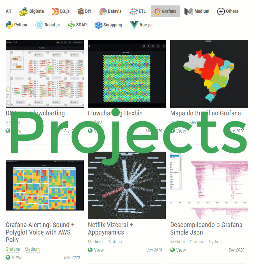Learning PostgreSQL 11
PostgreSQL describes all database objects using the meta information stored in database relations. These relations hold information about tables, views, functions, indexes, foreign data wrappers (FDWs), triggers, constraints, rules, users, groups, and so on. This information is stored in the pg_catalog schema, and to make it more readable by humans, PostgreSQL also provides the information_schema schema, in which the meta information is wrapped and organized into views.
The pg_catalog and information_schema schema contain hundreds of views, tables, and administration functions; for this reason, only some of the more common and heavily used catalog tables will be described.
Questions:
- How can you display the queries that are generated by the
psqlclient to the PostgreSQL server?\set ECHO_HIDDEN \d - What is the purpose of the
pg_classtable? What is the difference betweenpg_catalogandinformation_schema? - What does the abbreviation TOAST stand for and what is it used for?
- You work as an administrator and you would like to clean up unused indexes. What are the criteria you can use to find these indexes? Why is it important to monitor usage indexes?
- Assume that you have a table with duplicate data due to the lack of unique and primary key constraints. Which column can be used to distinguish the rows?
- Can a table have duplicate data even if it has a primary key?
- What is the difference between the
pg_cancel_backendandpg_terminate_backendfunctions? - Which is easier to find: unused tables or unused views? And why?
- List the
contypeconstaint types found in thepg_constrainttable, and give the full name for each type.

